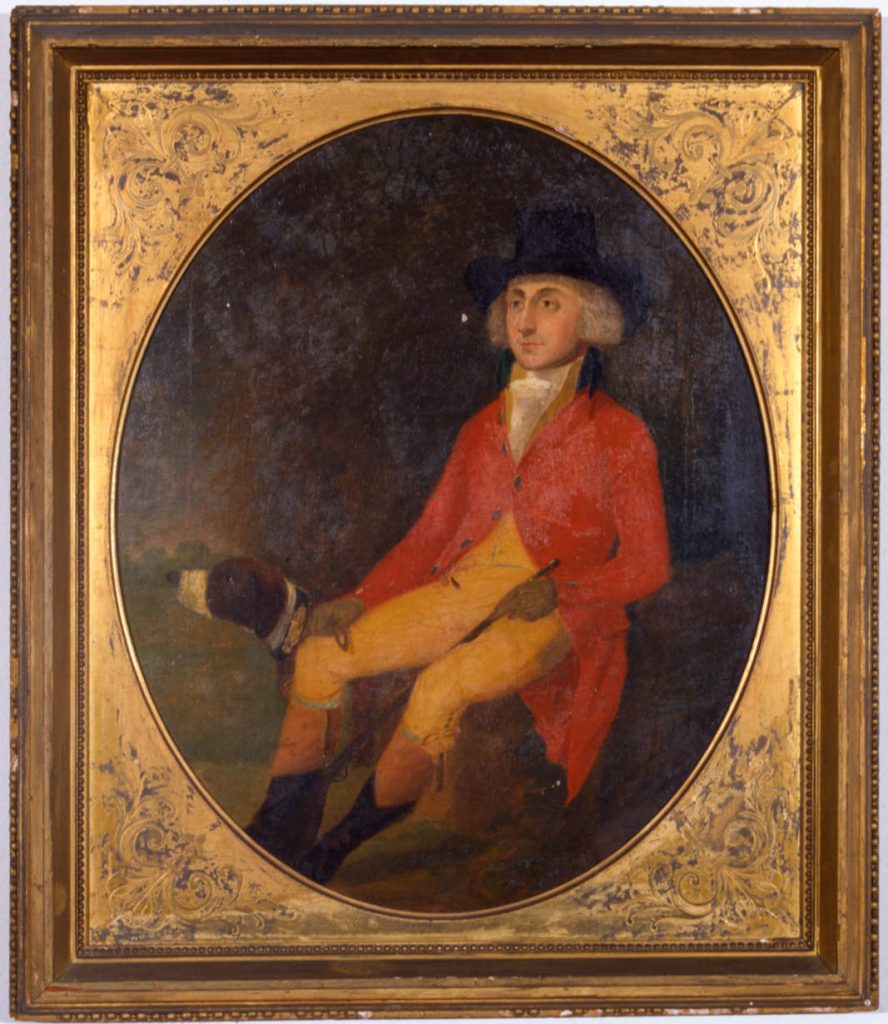Jacob da Fonseca Brandon was not American. Indeed, it is possible henever left London. He is included here because the travels of anumber of his children resulted in his having descendants in the NewWorld—a fact that reflects broader patterns of Sephardic migrationthroughout the early modern Atlantic world. Brandon thus representsSephardic merchants of the eighteenth century Atlantic, as well asthe very processes of historical change and the restless and curiousmovements of peoples.
Bornto a prominent Sephardic family, Brandon traced his lineage back to avariety of illustrious ancestors. Among these were the Fonsecas ofMadrid; he may well have had in his family tree a conversoarchbishop who helped preside over the Inquisition, Cardinal daFonseca. On the Brandon side, he claimed to be related to CharlesBrandon, first Duke of Suffolk, whose father had been slain whiledefending Henry Tudor (later Henry VII) during decisive Battle ofBosworth Field, although there is no evidence for such a claim. Theestablished facts of his family roots were a bit more pedestrian. Hisfather, Hezekiah Joshua Israel Brandon (called Joshua), andgrandfather, David Israel Brandon, were London merchants of note withtrading ties to both the West and East Indies. Joshua Brandon was, bythe time of Jacob’s childhood, a well-established London tobaccofactor with multiple properties in the London borough of Hackney.
JacobBrandon himself was involved in East Indian trade. A shipping magnatewith several Asian fleets, Brandon displayed his wealth in whatserved as one of eighteenth-century London’s principal arenas forostentation—windows. The window tax, introduced in 1696 and notrepealed until 1851, was a means of levying taxes based on wealth ata time when income tax was considered by the English an infringementon personal liberty. Thus, architectural features such as windows andfireplaces were taxed as symbols of affluence. Brandon’s house hadso many windows that it came to be a minor London attraction.Brandon, like his father and grandfather before him, was also deeplyengaged with London’s Jewish community. In 1824 he is on record asone of the governors of the Society MihelSedaca for Granting Marriage Portions to Fatherless Girls, whichprovided dowries for orphaned Sephardicbrides
In 1788 Jacob da Fonseca Brandon married SarahMendes da Costa, daughter of wealthy New World plantationowners. Though the couple remained in London, it is telling that bothfamilies had profited handsomely from opportunities afforded by NewWorld commerce. The movements of the Brandon and Mendes da Costafamilies through the Atlantic suggests a network of opportunities andconnections, transience and community. Sarah’s family had memberswho travelled extensively to the New World and back. Of Jacob andSarah’s eight children, half never left London and half migrated tothe Western hemisphere: one to Jamaica, one to Curacao, one toSurinam and the last to New York.
.
